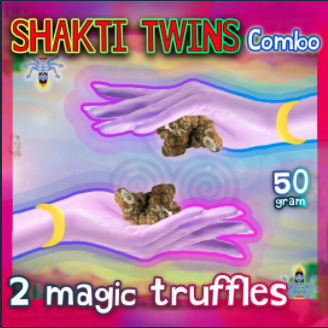But, don’t let it intimidate you!
In fact, many of Carl Jung’s ideas are so embedded in society you may not even realise where they came from! Ever described yourself as an introvert? An extrovert? That’s Jung! Categorized people into ‘archetypes’? That’s Jung! Even having a ‘complex’? That’s Jung too, my friend!
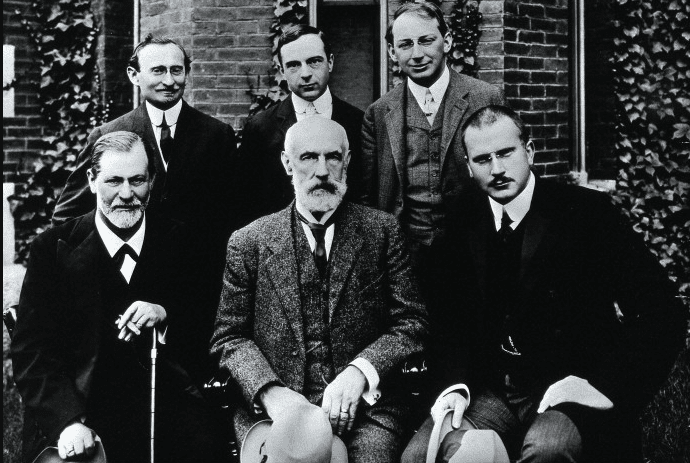
Fearless Plunge Into The Mind
Excitingly, Jung has found a latent following in fans of psychedelic exploration. Much of his theories and ideas can be applied to the workings of the psychedelic experience, from soul searching to integration. And, on what would be his 146th birthday we are gonna delve into the life of this iconic figure, and how we today, as psychonauts can learn from him. So happy birthday Mr Jung! We salute your fearless plunge into the mind.
Let’s go!
Early Life
Carl Gustav Jung was born on July 26th, 1875, in Kesswil, Switzerland. The eldest surviving son of Paul Achilles Jung and Emilie Preiswerk, he was a solitary child. Paul Jung was a pastor, and it was presumed Jung would follow his father, and many of his other relatives, into the church. However, he was disillusioned by his father’s failing faith. He believed that he had lost the ‘magic’ of God, simply performing passionless ritual. It was this, along with the discovery of philosophy as a teenager that encouraged Jung to go into medicine, rather than the clergy. This lead him, of course, to psychotherapy.
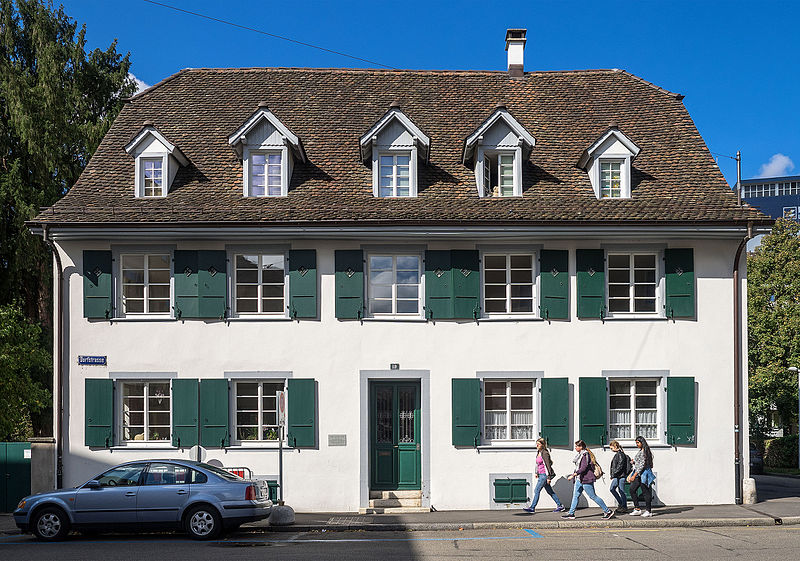
Association Tests
He studied at the universities of Basel and Zurich, and eventually joined the staff of the latter in the Burghölzli Asylum. He investigated the subconscious, believing inner feelings could be unearthed or understood through dreams or imagination. It was then he explored ‘association tests’, which had been used before, but not to the extent Jung achieved. His use of association tests was very successful. He found that the reaction of his patients to specific words made it possible to access their unconscious selves. Irrational reactions to stimulus words he dubbed ‘a complex’, now a ubiquitous term. You’ve probably played association games when you were bored on the bus: ‘House!’ ‘Door!’ ‘Open!’ ‘Mind!’ Etc etc. Well you’ve got Jung to thank for popularising that!
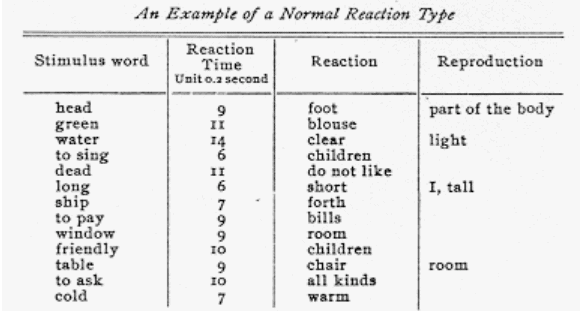
BFFs With Freud
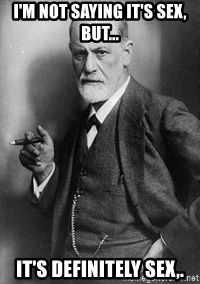
His success with this research made him hot property in the psychiatry world of the early 20th century. He soon came to the attention of Freud, one of his inspirations, and whom much of his own research coincided with. They became firm friends and collaborators, with Freud acting as Jung’s mentor, imagining him his natural successor as the Big Cheese of psychotherapy. However this was not to be — after 5 years of collaboration the relationship began to disintegrate — Jung found he disagreed with key points of Freudian theory. One of these main disagreements was Freud’s overly negative view of the unconscious mind, and his insistence that most neurosis and trauma stemmed from sex. They disagreed on religion, dream interpretation, the paranormal, the ego — but most of all sex. We’ve all had a friend whose too obsessed with sex right? Gets tiresome, even if they are the father of modern psychoanalysis.
They quit being pals in 1912, and saw each other for the last time in 1913, when Jung gave a talk about psychological types — the introvert and the extrovert.
Confrontation With The Unconscious
After this time, Jung became lost. His break from Freud deeply affected him — he questioned his own ideas and values. In 1913 Jung had a traumatic ‘confrontation with the unconscious’. He was ‘menaced by psychosis’, hearing voices and seeing visions, not dissimilar to what he observed his mother experience when he was a child. Rather than hide from this experience Jung plunged right in.
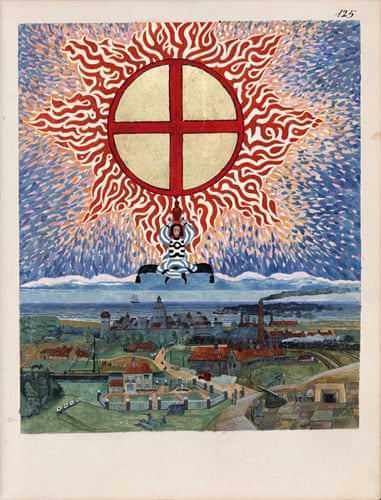
He worked to induce further hallucinations, in a process called ‘active imagination’, not dissimilar to forms of psychonautics. During this time (1913-1917) he kept detailed journals of his experiences which he referred to as his ‘Black Books’. These were consolidated into a manuscript called ‘The Red Book: Liber Novus’. Despite being seen as one of Jung’s most important works, it was not made more widely available to the public until 2009. Some critics describe it as simply a ‘psychotic episode’. Even Jung said himself “To the superficial observer, it will appear like madness.” Sonu Shamdasani, a Jung scholar states;
“From December 1913 onward, he carried on in the same procedure: deliberately evoking a fantasy in a waking state, and then entering into it as into a drama. These fantasies may be understood as a type of dramatized thinking in pictorial form…. In retrospect, he recalled that his scientific question was to see what took place when he switched off consciousness. The example of dreams indicated the existence of background activity, and he wanted to give this a possibility of emerging, just as one does when taking mescaline.”
Sounds like a right trip to us!
Insights Into The Psychedelic Experience
This is one of the many ways that Jungian ideas coincide with the growing psychedelic therapy movement. Although Jung himself was not known to have ever ingested any psychedelics, his induced explorations of the mind are notably similar to the investigation of the inner-self via psilocybin or LSD. From a young age he had been entranced by Eastern religions and philosophies, whose enlightenment journey is similarly substance free. In fact Jung was actually suspicious of the insight that psychedelics could give, worrying that it could unleash ‘burdens’ that the explorer could not handle. However, in modern psychedelic research, and in light of deeper understanding, Jung’s ideas shine through;
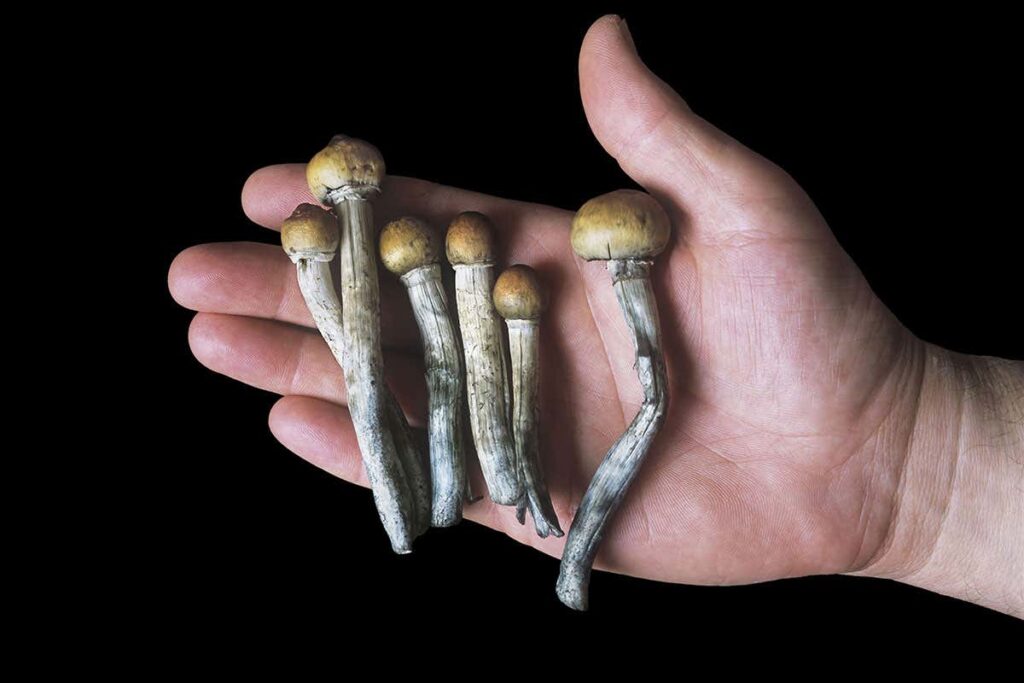
“In view of Jung’s radically inquisitive approach to the psyche, his extraordinary personal confrontations with the unconscious, and his mystical sensibility, it’s not surprising that people turn to his work for insights into their psychedelic experiences. The most prominent researcher in the field, Stanislav Grof, finds in Jung’s psychology an exceptionally strong correspondence to the domains of psychedelic experience he has mapped in his own extensive investigations.”
“Jung’s nuanced theory and thorough method of therapeutic integration offer, therefore, especially valuable insights into this critical aspect of psychedelic experience.”
Scott. J. Hill (from ‘Confrontation with the Unconscious: Jungian Depth Psychology and Psychedelic Experience’)
5 of Jung’s Main Ideas
The Collective Unconscious:
Jung’s collective unconscious is the sum of a collection of knowledge and imagery that every person inherits from birth, and is shared by humanity across the world due to ancestral experience. Though humans might not know what pictures and thoughts are in their collective unconscious, it is thought that in moments of crisis or upheaval the psyche can access them.
Archetypes:
Jung believed that the collective unconscious is shown via archetypes. These are universal signs, symbols, or patterns of thinking and behaving that are inherited throughout the human race. Though Jung believed that archetypes could change, shift, and combine the main figures he outlined were:
- The persona — the face we present to the world
- The anima/animus — the unconscious feminine side in men, and the unconscious masculine side in women. (These ‘sides’ are shaped by roles passed down through ancestry.)
- The shadow — our ‘animal’ self. (Like Freud’s id.) Our creative and our destructive energies.
- The self — the self unifies the person. Jung believed that the goal of a human is to achieve a sense of ‘selfhood’. Fulfillment in themselves without outside influences. (similar to self-actualisation.)
Introverts and Extroverts:
in 1923 Jung described ‘extroverts’ as people who prefer to engage with the outside world of sensory perception, action and objects. Introverts he described as being more drawn to their internal world of reflection, they are thoughtful and insightful. Jung believed that this was a scale, with ideal ‘self-hood’ being balanced in the middle.
Individuation:
Jung saw individuation as self realisation, the experience of realising the meaning or purpose of life — discovering the true self. The balance between the conscious and the unconscious is key:
“Consciousness should defend its reason and protect itself, and the chaotic life of the unconscious should be given the chance of having its way too – as much of it as we can stand. This means open conflict and open collaboration at once. ” — Jung
Jung’s belief was that analytical psychotherapy was key to achieving this. This goal is, to our eyes, deeply connected with the quest of Enlightenment achieved via psychedelics or meditation practices. However, Jung also acknowledges that it not an easily completed quest (as any psychonaut can agree!);
(Individuation is)“only experienced by those who have gone through the wearisome but indispensable business of coming to terms with the unconscious components of the personality.” (1954)
Synchronicity
Jung described a phenomena called ‘synchronicity’, which, put simply, is basically ‘a co-incidence’. But an especially meaningful coincidence. An external event that is seemingly just chance, but means something significant internally to the individual. Jung, sympathetic to the paranormal, believed that these connections had a link to the subconscious, and the wider universe as a whole. He separated these instances into 3 categories:
1. A meaningful relationship between a mental state or feeling and a external event that occurs at the same moments.
2. A meaningful relationship between a mental state or feeling and an external event outside that occurs outside the person’s perception.
3. A meaningful relationship between a mental state or feeling and a future event yet to happen.
Jung and Psychedelic Therapy
As you can see, many of Jung’s theories and ideas coincide with the psychedelic experience. Whether he was a champion of psychedelic substances or not, his ideas are today feeding into the growing wave of psychedelic therapy, and help us to understand the experience.
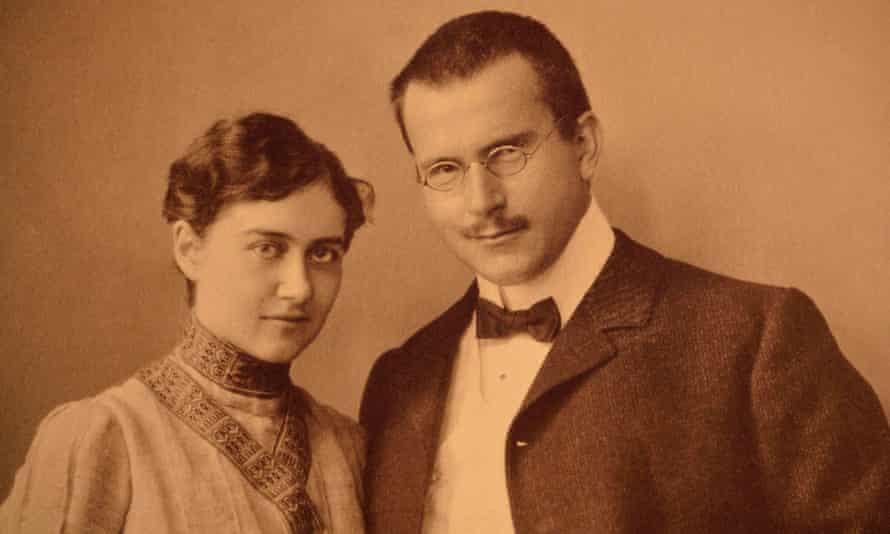
So, in light of this we gotta say, on his birthday — check out some Jung! We’ve only covered the ‘tip of the iceberg’ — as ex-buddy Freud liked to say. Let Jung’s ideas guide you through some of your next psychedelic experiences — you may get some awesome insights.
P.s — we ALMOST managed to refrain from saying 146 years Jung! ?
